
“Objective journalism and an opinion column are about as similar as the Bible and Playboy magazine.”
– Walter Cronkite
What a different, 24-hour news cycle world we live in today. We don’t have to wait for anything.
It used to be everyone read newspapers or turned on the radio to see what was happening in the world. Now, in addition to 20+ television stations devoted to news, one can get everything they wanted to know (and much they didn’t) online and through social media.
People actually read less and less it seems and get their news from Twitter’s 140-character limit or the CNN newsfeed. With this type of modern news, the trend is to move quickly on to the next story to keep us entertained.
Less and less are we seeing truly investigative raw journalism, the kind our parents were used to.
Our ever-shortening attention spans and the quest for ratings must be to blame.
There has been a robust history of journalism depicted on film. The types of journalism films can be either newspapers, television media or even photojournalism. There can be some gripping drama involved in deciding which stories are important and which ones to go with or even which ones to cover at all.
Often, the reporters themselves deeply embroiled in the stories they are covering. The most difficult task at that point is the ability to remain objective and cover both sides. Even if you have a strong opinion either way, straight reporting of the facts is the most important.
(Movies in no particular order)
1. All the President’s Men
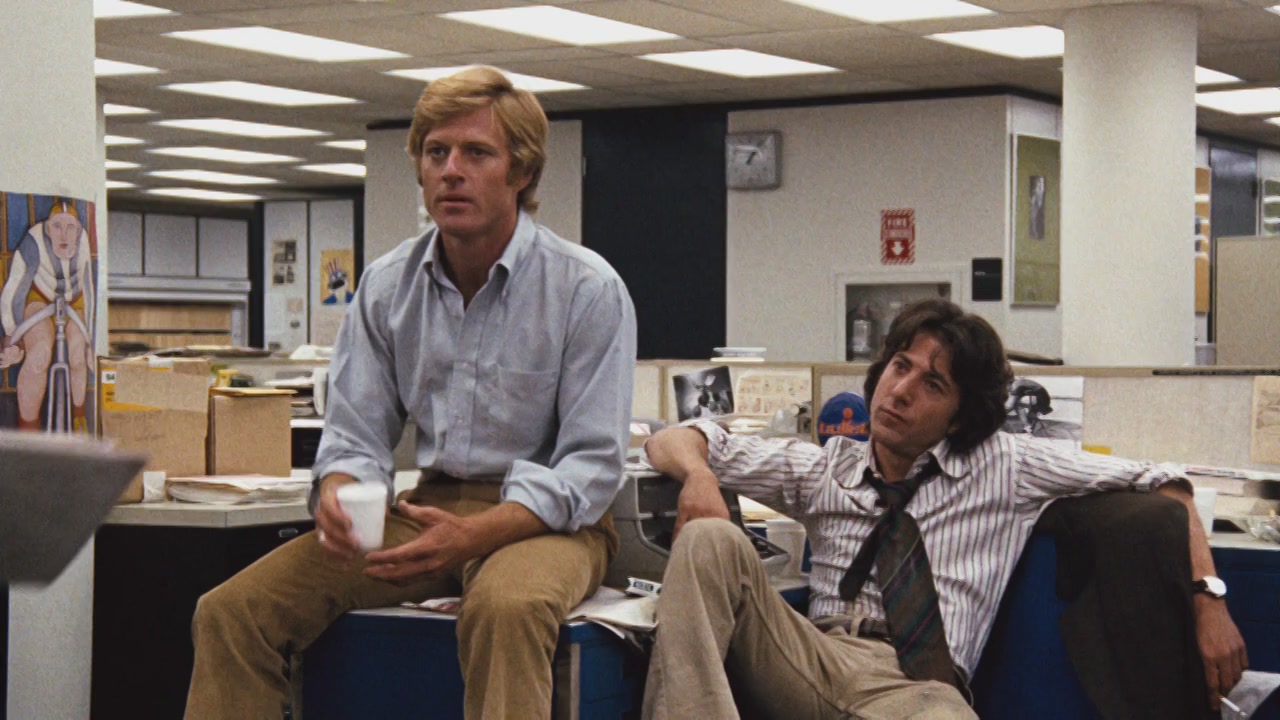
Alan Pakula’s film, based on the books by its two leading characters, is probably the best film about journalism on this list. Kane is a much better film overall; however, this film gets it all right.
Maybe it’s because the subject matter is also that compelling; telling the story of “Washington Post” reporters Bob Woodward and Carl Bernstein (Robert Redford and Dustin Hoffman) and their investigation of the seemingly unimportant break-in at the Democratic Party Headquarters in the sixth floor of the Watergate Hotel in Washington D.C. which lead to the resignation of then President Richard Nixon on August 9th, 1974.
The photography by the legend Gordon Willis (cinematographer for The Godfather films, Annie Hall among many others) is perfect to capture the gritty look and feel of the Posts’ offices as well as the road traveled by the two reporters. The typewriter actually seems like it is a character in the film the way it is used to make certain points and for dramatic effect.
Hal Holbrook shines playing Deep Throat (AKA Mark Felt, Deputy Director of the FBI at the time) as does Academy Award winner for his role, Jason Robards as Post editor, Ben Bradlee. This film is still shown to journalism students to this day as the pinnacle of what they aspire to do.
2. Citizen Kane
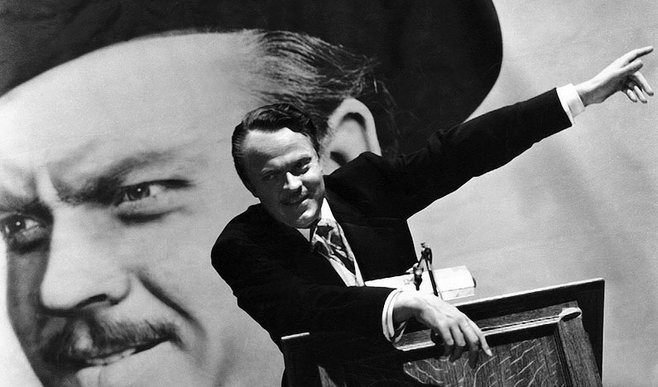
What can be said? The film was nominated for eight Academy Awards, but only took home one statue for “Best Writing, Original Screenplay” by Herman Mankiewicz and Orson Welles.
The movies itself lost to “How Green Was My Valley” from John Ford (also Best Director winner) and Welles lost Best Actor to Gary Cooper for “Sergeant York”. The last moments of life for newspaper magnate, Charles Foster Kane, begin the film as his final word, “Rosebud”. The film is then told in newsreel and flashback as the world tries to figure out the source of this “mystery” word. The achievement with the film on so many levels is impossible to describe and really must be seen in order to be explained.
It’s hard to believe; however, the film did not do well at the box office when originally released. The movie was even booed during the Academy Awards when its nominations were announced. The film did not begin to garner widespread praise until years afterwards. The American Film Institute currently ranks Kane as the “Greatest American Film of all Time”.
3. The Paper
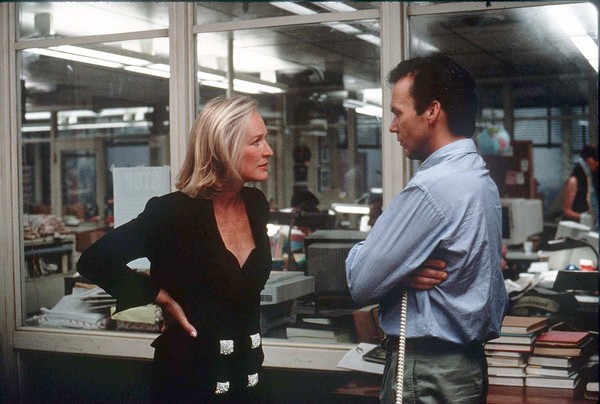
By 1994, Ron Howard had a great career as a director having such memorable films as “Splash”, “Cocoon” and “Backdraft” under his belt. One of the interesting things about this film is it takes place of just 24 hours to help simulate the pressures and deadlines facing the character of Henry Hackett (Michael Keaton).
The all-star cast includes Robert Duvall, Glenn Close, Marisa Tomei, Randy Quaid and Jason Robards (in another newspaper editor role similar to All the President’s Men). Hackett has many decisions to make in the film including whether to spend more time attending a dinner with his wife, Martha (Tomei), or follow up on a hot story that he wants to get just right and scoop the other papers.
The scenes in the editor’s office work the best, showing off all the great actors involved in this project and their ability to work against each other. Though maybe not mentioned with “Apollo 13” and “A Beautiful Mind”, this is an entertaining comedy ensemble film.
4. The Front Page
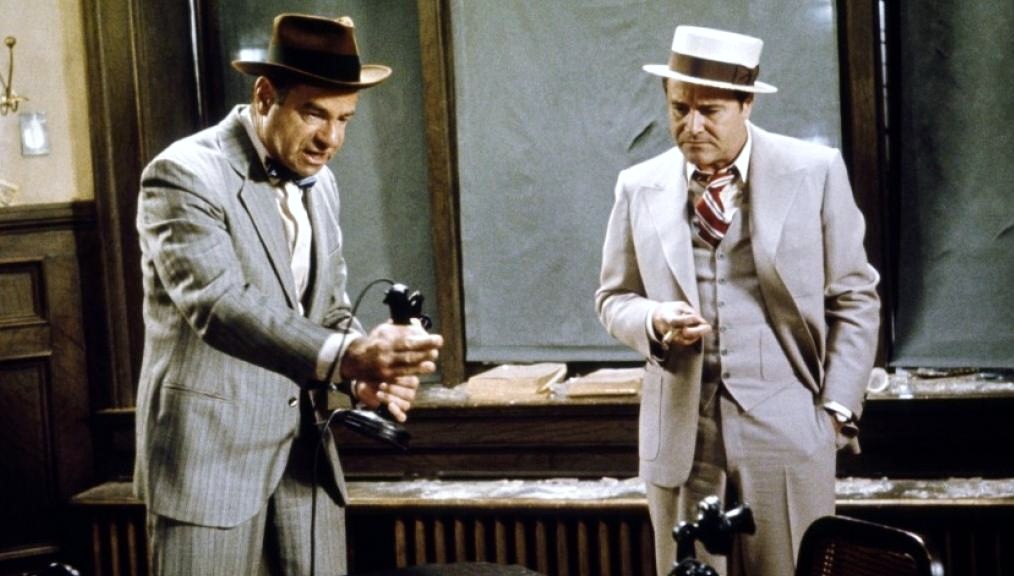
Billy Wilder was the first director to pair Jack Lemmon and Walter Matthau in a motion picture with “The Fortune Cookie” in 1966. This would be the one of seven times Wilder directed Lemmon and one of 11 times the two actors would appear together on film.
This movie teams the two comedy legends as a newspaper editor trying to keep his star reporter from retiring while a crazed murderer shows up and the reporter is teased into writing one more story. This film is actually a remake of a film by the same name from 1931 directed by the Academy Award winning director of “All Quiet on the Western Front” from 1930, Lewis Milestone.
The 1940 movie “His Girl Friday” starring Cary Grant and Rosalind Russell is also based on the same source material. Wilder’s review of his own film was mixed, saying he wasn’t sure if he liked it better than the previous versions. There has not been many occasions where three great directors tried their take on the same story. All great for different reasons.
5. Good Night and Good Luck
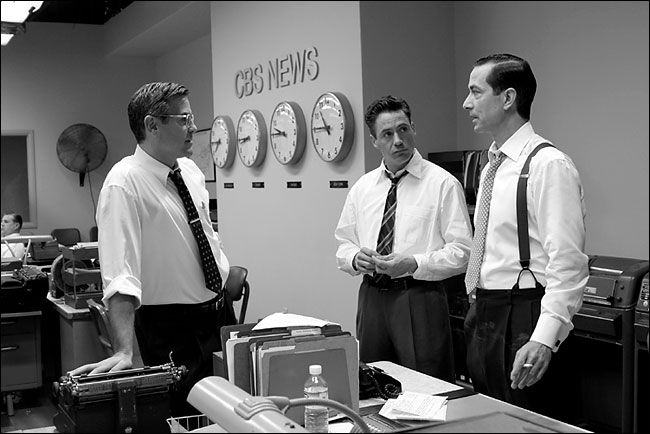
George Clooney’s follow-up to his directorial debut, “Confessions of a Dangerous Mind”, in 2002 finds CBS journalist Edward R. Murrow (David Strathairn) in a battle of words on the airwaves in the 1950s taking aim against Wisconsin Senator Joseph McCarthy and his Communist rhetoric manhunt. The title of the film refers to Murrows’ sign offs when concluding his earlier radio broadcasts in Great Britain meaning people would be unsure if they would meet each other again.
The film was filmed on a low $7.5 million dollar budget including money raised by Clooney in selling his Los Angeles home at the time. Senator McCarthy is not actually portrayed in the film other than stock footage adding to the realism. The story told in this film is an important one and shows the power of words and what they can do, especially during the time in America when everyone was watching. The year of this film’s release, 2005, was an interesting one for the Academy Awards.
The Best Picture nominees consisted of this film, “Brokeback Mountain”, “Munich”, “Capote” and the actual winner, “Crash”. A lot of people agreed any of the other four nominees were actually better films than “Crash”. In fact during a recent interview, “Crash” director Paul Haggis was quoted as saying “I wouldn’t be voting for Crash, only because I saw the artistry that was in the other films.” How about that?
6. Broadcast News
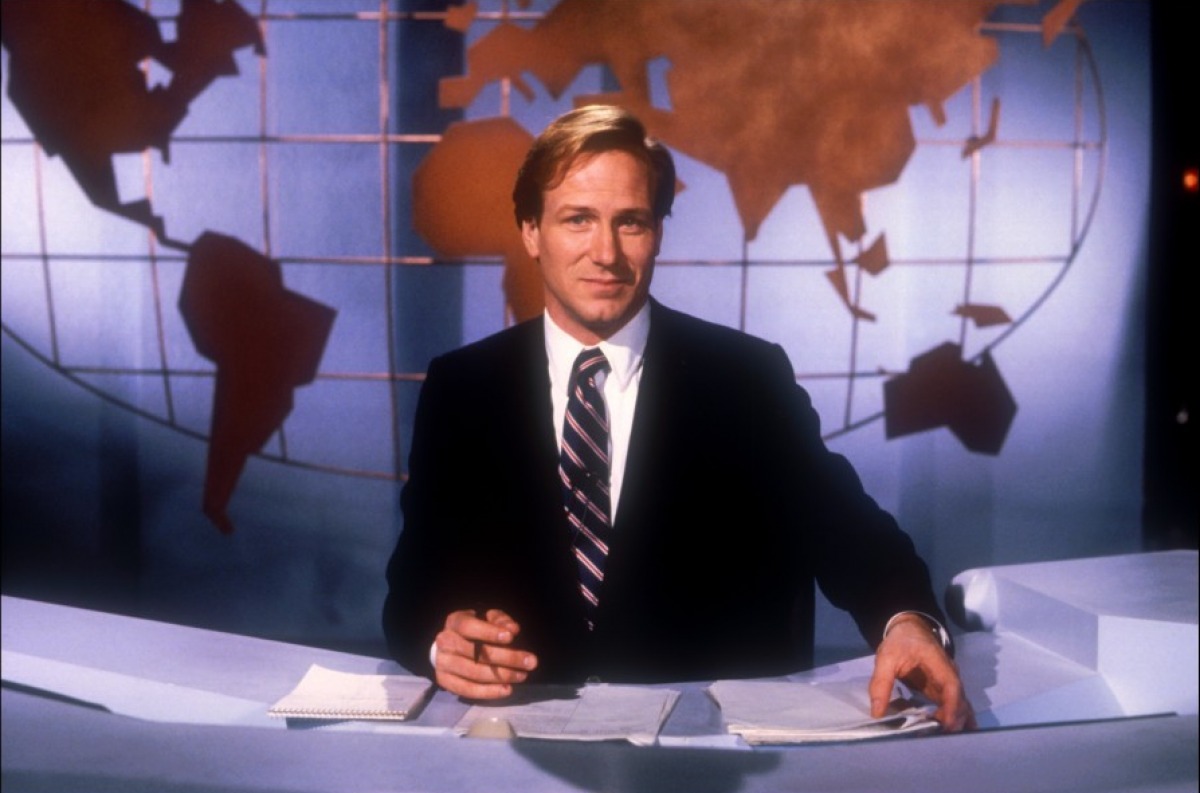
Lights. Camera. Action! Cue William Hurt, Holly Hunter, Albert Brooks and 3-time Academy Award winning director James L. Brooks (Terms of Endearment, also directed As Good as it Gets) in this tale of TV ratings, love and big changes for a network TV show none of the anchors and reporters are ready for. A big love triangle develops when two male employees of the network both fall for Jane Craig (Hunter) and she has to decide who she prefers.
The film also features a rare, great cameo of sorts by Jack Nicholson. Debra Winger was originally supposed to play the Hunter role, but had to drop out due to pregnancy. The film was nominated four 7 Academy Awards but didn’t take home a single one. Some thought it was due to the film being a comedy and comedies always having an uphill battle for the big awards.
One of the interesting bits of trivia about the film is director Brooks was not convinced who Hunter’s character would end up with when filming was complete. The actors were not even sure.